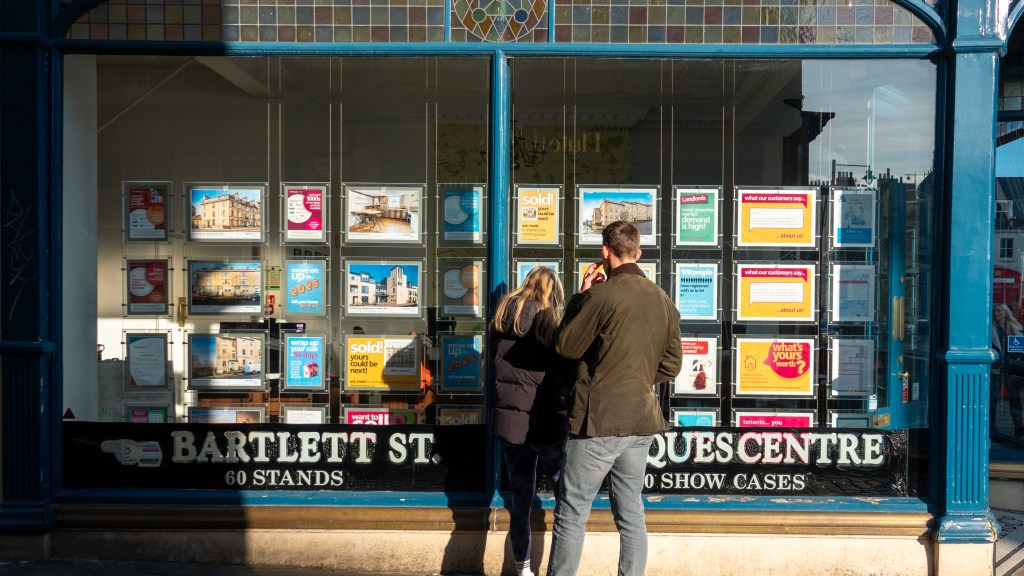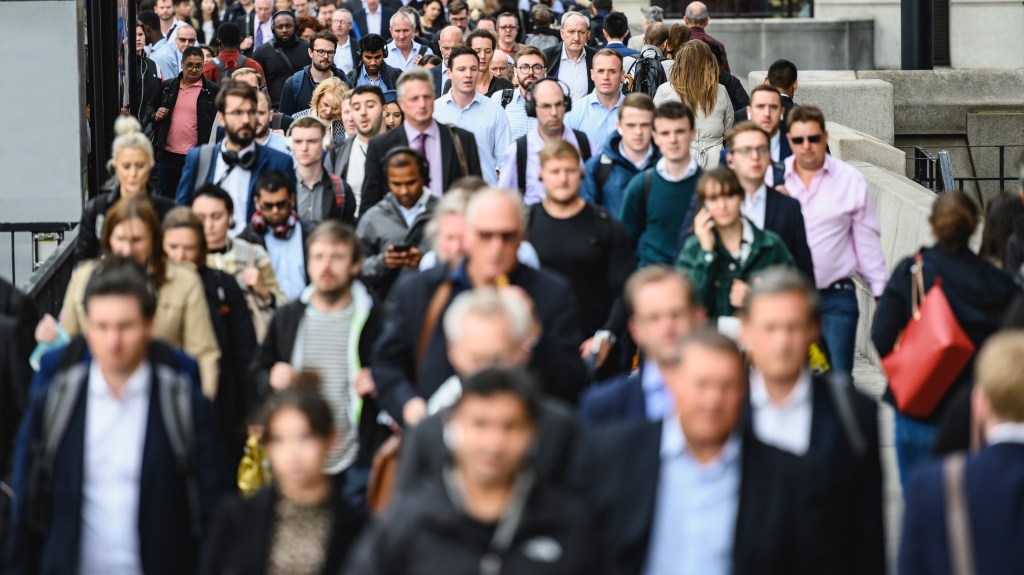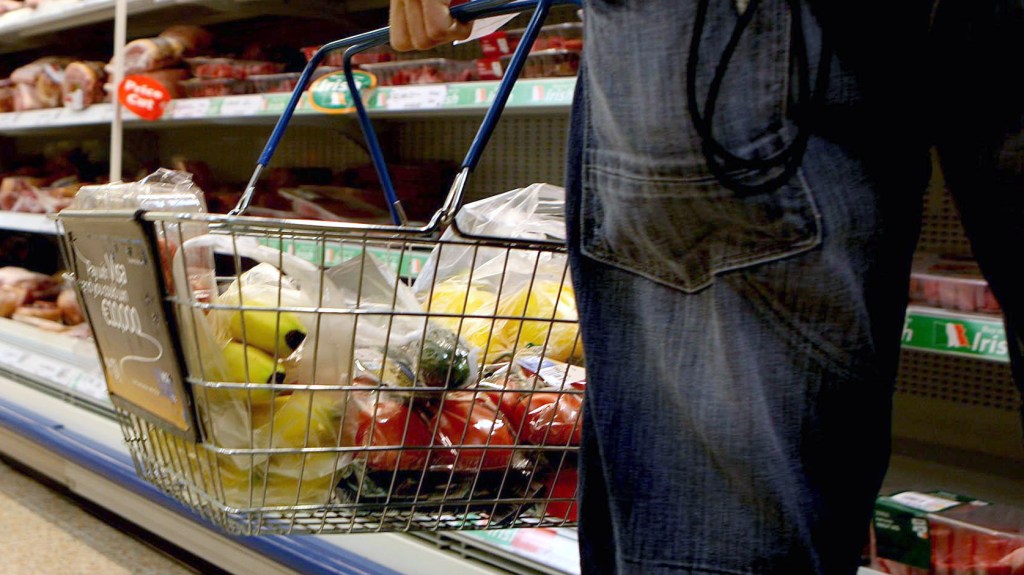UK Housing Market Sees Surge in Sales Post-Lockdown
The UK housing market is experiencing a significant uptick in activity, reminiscent of the post-lockdown “race for space” seen in 2021, as more individuals look to relocate after a prolonged period of inactivity, largely driven by lower mortgage rates.
According to data from Zoopla, the property search platform, house sales are currently 6% higher than they were at this same time last year, with estate agents reporting their highest level of agreed sales transactions in four years. This trend is particularly pronounced among agents in northern England and Scotland.
After a challenging couple of years marked by rising mortgage rates that deterred many prospective buyers, the housing market has started to regain momentum in 2025.
A temporary slowdown occurred last month, attributed to the Easter holidays and the introduction of a stamp duty increase on April 1st, as indicated by Zoopla’s statistics.
Nevertheless, sales have rebounded in May, aided by improvements in mortgage rates and availability, along with an increase in housing options. There are currently 13% more homes on the market than in the spring of 2024, and many sellers are also potential buyers.
The rise in available properties is contributing to stable pricing. The average UK house price saw a 1.6% increase over the past year, reaching £268,250, and buyers now have room for negotiation. Currently, sellers are accepting offers that are, on average, 3% lower than their initial asking prices.
According to Richard Donnell, executive director at Zoopla, “An increase in available homes leads to more buyers looking to relocate. Along with appealing mortgage options and changes in lender affordability assessments, this is facilitating a rise in the number of sales being finalized.”
Regional disparities in house price trends persist, with certain areas like Aberdeen, Bournemouth, and Brighton seeing slight price reductions over the past year, while locations such as Blackburn and Belfast have recorded increases exceeding 5% during the same period.
In general, there is a noticeable north-south divide in house price inflation, with northern regions witnessing faster price growth compared to the more expensive southern areas. Donnell and his team predict that this pattern will continue, as affordable regions will likely see prices rise quicker than those in the south.
Additionally, a notable influx of homes entering the market in the south is expected to temper price increases. The southwest of England has 21% more homes for sale than a year ago, followed by 17% more in London and a 15% increase in the southeast. In contrast, the northwest has seen only a 3% rise in available properties over the past year.
Donnell anticipates that declining mortgage rates along with more accessible affordability assessments will bolster buyer demand and sales for the remainder of 2025. He predicts that overall, UK house prices will rise by 2% this year, with sales projected to increase by 5% compared to 2024.




Post Comment